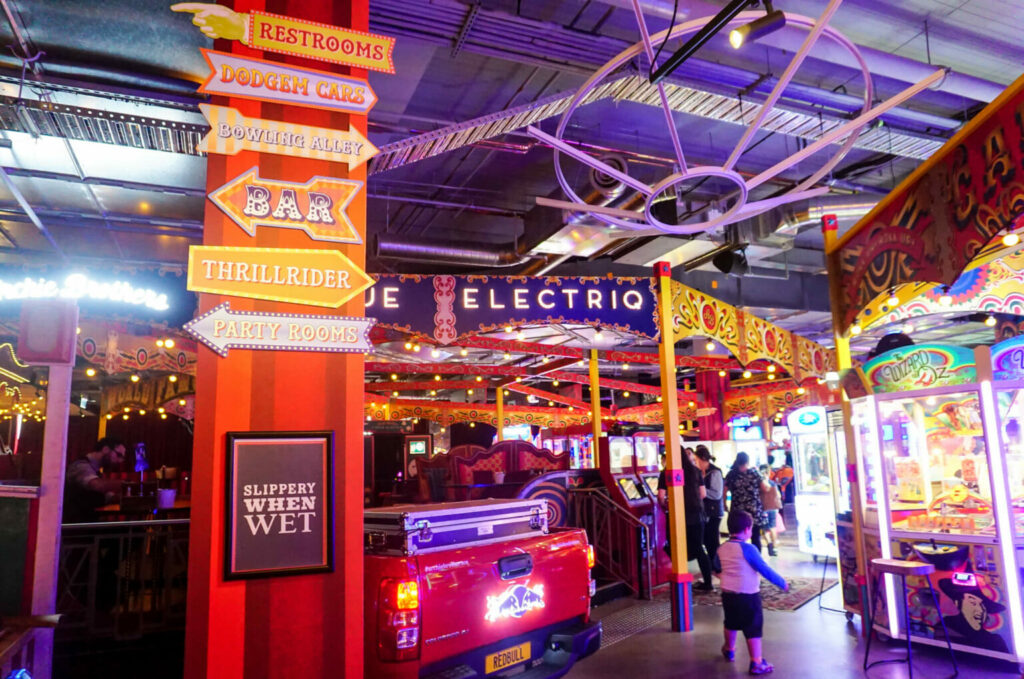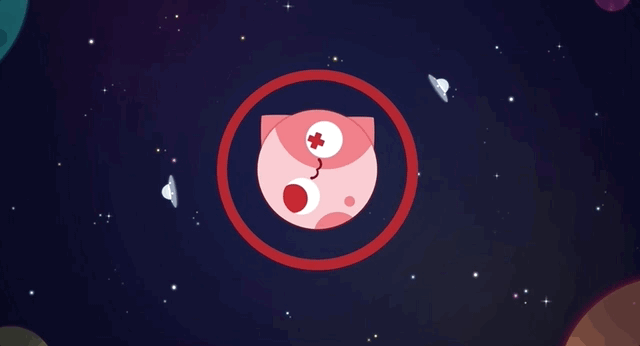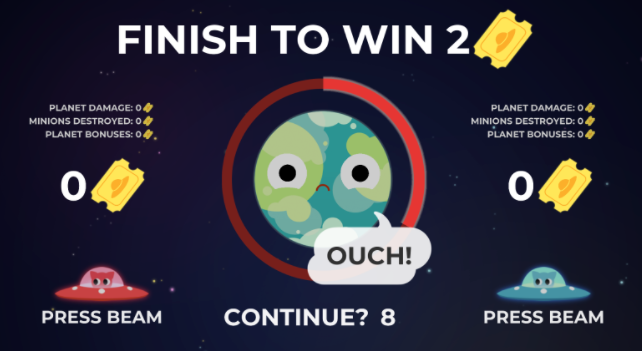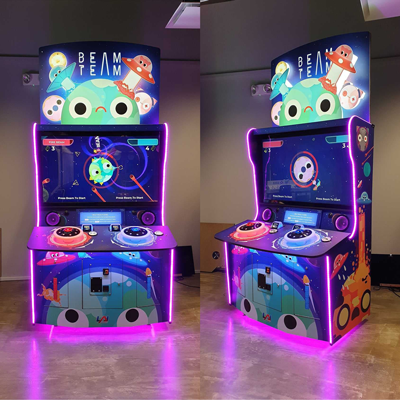This article is adapted from a talk we gave last year.
One of the things that we love to do at No Moss Studios is explore. We’re always experimenting with new platforms, technologies and opportunities. We spoke recently about one of these, and today I want to talk about another – the arcade cabinet.

I love it so much.
So – yes. Arcades still exist. You might be picturing a dingy room with a bunch of machines, but today’s arcades have evolved slightly. As nostalgic adults are looking for interesting places to go to spend a night out, the modern arcade has started to blossom again. While traditional arcades like Timezone are still around, there has also been a blossom of arcades in the vein of activities like mini-golf or axe-throwing. Experiences that serve food and drink, with arcade cabinets as a recreational activity.

Every arcade needs arcade cabinets, and that’s where we come in. We went to PAX in 2018 to show off a game that we were working on, Beam Team. It’s a frantic couch co-op game that we were very proud of, and went very well on the show floor. While there, we spoke to representatives from LAI Games, an organisation that develops arcade cabinets, asking whether we had thought about bringing the game to arcade.

Why Beam Team?
Let’s take a break to dive into Beam Team a little, and see why it was a good fit for Arcade Cabinet:
- We designed it for couch co-op. In an Arcade, the amount of players that a cabinet can fit in relative to its size is an important metric, so Beam Team being two-player cooperative is a big win.
- It has fairly short play sessions, with varied and discrete levels. As you progress, you explore different planets, which all are varied and visually interesting.
- It’s very simple to understand and play, but has a relatively high skill progression, so almost anybody can play the game and feel like they’re enjoying it, but not everybody can get to the end.

What Needed to Change?
The next thing I’ll touch on is what changes we made to adapt our game for arcade cabinets. In general, the theme with these changes was to ensure that our game was more accessible, slightly simpler, and more streamlined.
As an example, lets touch on difficulty level. Our game originally had customisable difficulty. Once you unlocked a planet, you could play it on any of 15 difficulty settings, from 0 (which made the planet completely passive), to 15 (which made the planet a literal nightmare to battle against). For Arcade Cabinet however, this needed to change. We needed each planet to have one level of difficulty which worked for all players.
Similarly, rather than allowing players to navigate a map screen, we wanted a more streamlined experience. Players would automatically progress through each level, unlocking and then battling each planet in sequence.
The other major area of development was to facilitate the arcade style of continues. Our game initially had a mindset of failure being the end of your attempt, needing you to restart the level completely. However, for arcade cabinet, players wanted to be able to ‘continue’ if they had enough lives. This would allow them to take another chance at the planet without needing to restart it completely.

Wrapping Up
On the whole, developing a game for arcade cabinet was an eye-opening experience. While the initial sales of the cabinet weren’t enough to justify further development effort, we regard the project as being a massive success in two key areas.
Firstly, we were able to explore a new market that we think has definite potential for indie developers. While our first foray into the Arcade Cabinet market wasn’t commercially successful, we are always thinking about ways we can revisit this technology.
Secondly, on Christmas of 2021, I was able to unwrap an arcade cabinet of Beam Team. This may seem small, but for the boss of a small company, seeing a physical, hefty, symbol of a game you’ve developed manifest in the real world like this is an absolute treat.
For all you indie developers out there, we would strongly encourage you to consider developing your games for Arcade Cabinet. If you’re looking for a way to get your foot in the door of that market, feel free to drop us a line and we’ll happily connect you!
We hope you enjoyed reading this! Have a question or want to chat more about game development? Reach out to us!
Other places you can find us:
- Our other game development resources
- Join our Discord server

